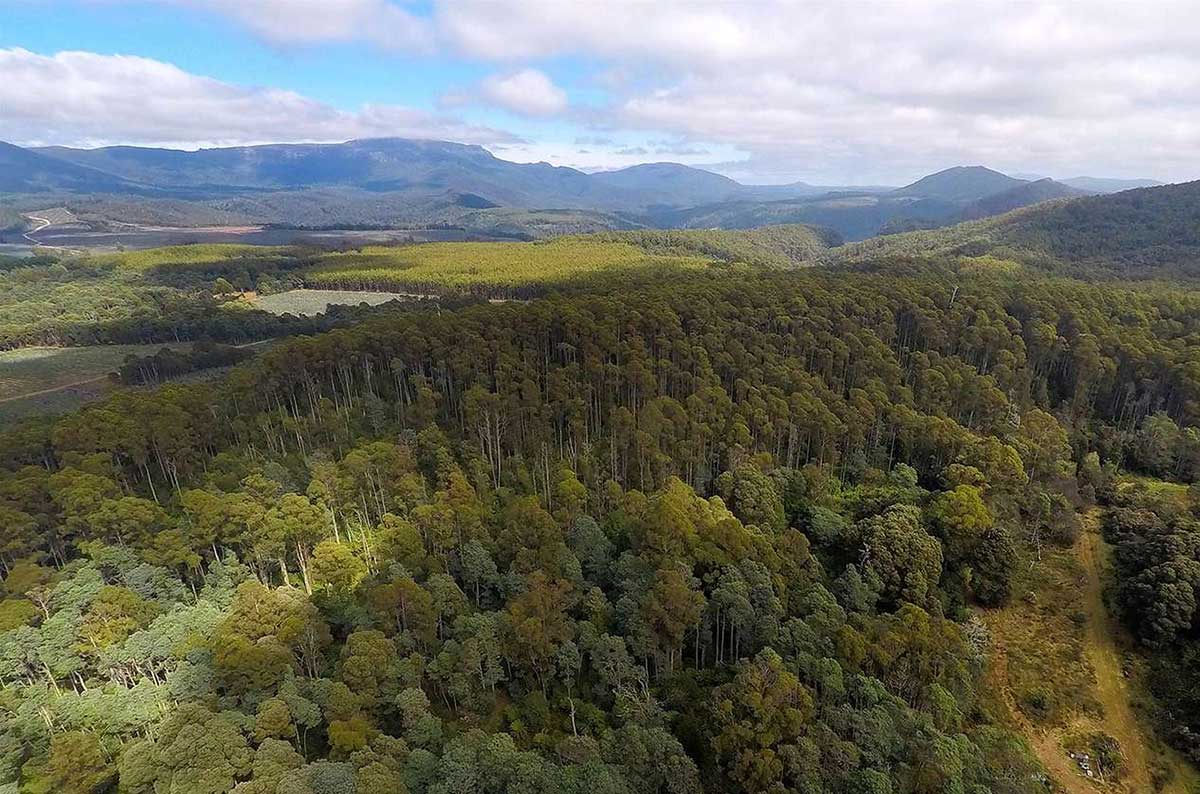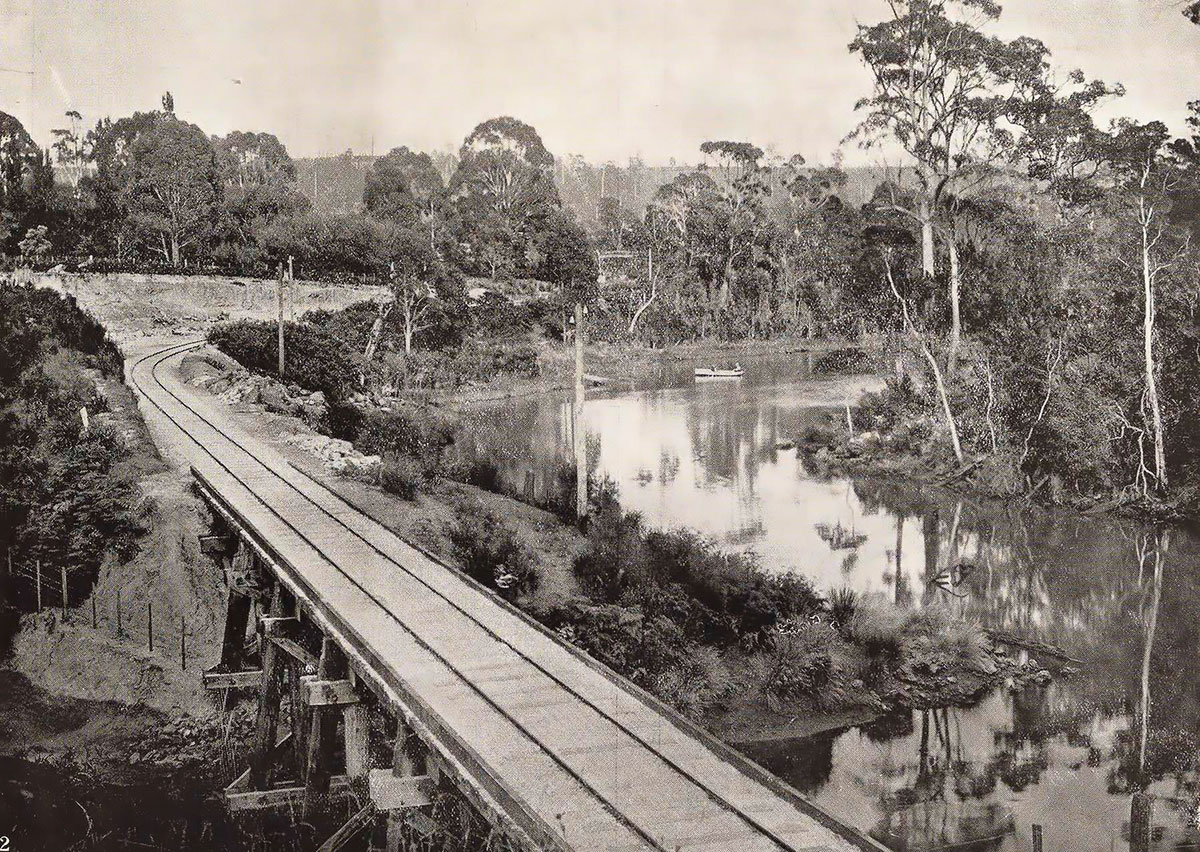Nietta, Tasmania

Nietta is a rural community situated approximately 30km south of Ulverstone. The Wilmot River forms most of the eastern boundary, and the River Leven forms much of the western. The B15 route (Castra Road) enters from the north and terminates at Nietta village. The name was used for a Parish from 1886. Nietta is an Aboriginal word meaning “little brother”. A post office and a State school were opened at Nietta in 1910 but the school was subject to frequent closure due to the poor condition of the roads. The area was opened up for settlement by returned soldiers after World War I.


The corridor where the railway once ran, seen from South Preston Road where the line terminated
Settlement of this once densely forested district began in 1886 but it was not until the establishment of a railway line to Ulverstone in 1915 that the area became readily accessible. The branch line serviced the isolated farmers of the area and provided a daily passenger service between Nietta, nearby Preston and Ulverstone. The line was closed in 1955 at a time when road transport was becoming the preferred method of travel. A short section to Dewpearl (now Simplot) remained in use until 1980. C class steam engines and the improved versions re-classed as CC and later CCS were used to haul trains. A CC-class locomotive used on the Nietta line - CCS23 - can be seen at Don River Railway.

A TGR CC class locomotive hauls the official train on the opening of the Ulverstone to Nietta branch line
The section between the Bass Highway and the Gawler River bridge is now a public walking/cycle trail, provide a pleasant short walk or ride along the river. West of Henslowes Road there are some small cuttings. On the approach to the bridge site, the track is on quite a long rock embankment which divides the swampy area to the south and the tidal mud flats to the north. The formation of the Barren Hill section, though quite remote, is relatively easy to follow being the most level and least winding of the many tracks through the area, however a private quarry at the north end restricts easy access from that end.

There were staffed stations at Nietta, Preston, North Motton and Ulverstone and seven unmanned sidings, most with at least a platform and a small station building. There were also short spur lines into the PWD and Dewpearl (now Simplot) sites. The first rail siding out of Ulverstone was Methanga at West Gawler. Other sidings included Cateena, Dooley's Crossing (Rifle Range Rd, Preston), South Motton (Wilsonia) and Breona (South Preston). Genarally the train worked to the timetables and stopped at the designated sidings. When the traffic on the line deteriorated, some of the smaller sidings were operated as flag stop stations so the train would only stop when a red flag was placed up on the platform. As well as passengers, the train carried livestock and vegetable growers produce (mainly potatoes bound for the Sydney and Melbourne Markets). The potatoes were carried in 150 lb bagsfor which growers received 5 shillings (50 cents) per ton.

Kaydale Lodge Gardens
A visit to Kaydale Lodge Gardens at Nietta is worth including on a trip to the area if you enjoy and appreciate the labours of those blessed with a green thumb. This 2ha garden has been a family obsession for the Crowdens of Nietta since parents Kay and Robert started it in 1979 from a bare paddock around the house Robert built. Using stone from their fields, they built walls and archways while running the cattle and cropping farm, raising their two daughters and establishing a business offering accommodation and meals. A small entry fee applies.
